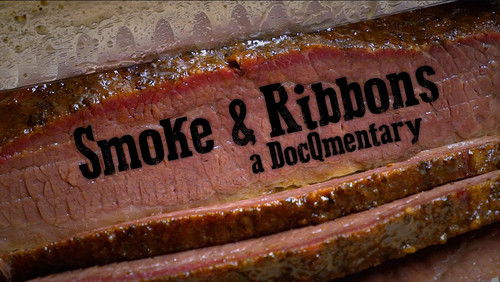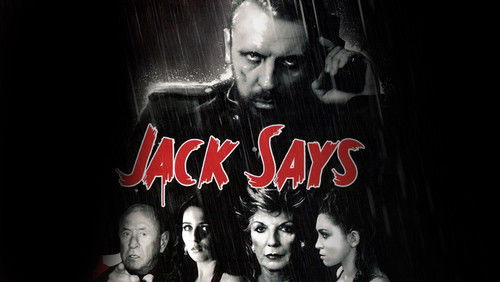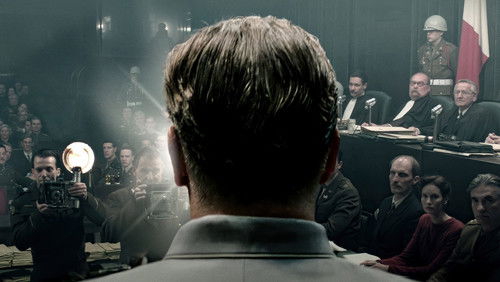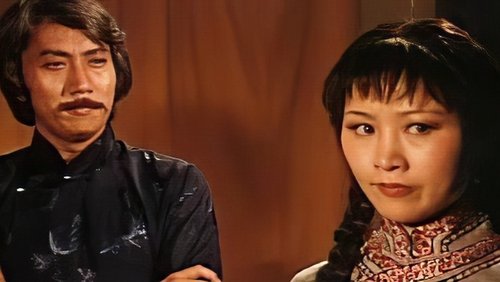Traffic in Souls (1913)
58KTraffic in Souls (1913). 1h 28m | TV-PG
“One of the most notorious melodramas of itu0026#39;s time, director George Loane Tuckeru0026#39;s Traffic in Souls seemed to confirm everyoneu0026#39;s worst fears about u0026quot;white slaveryu0026quot;. Social reformers leaped into action, while audiences quickly rushed to the theaters to see it. A tremendous box-office success, the film is credited with starting a trend of increasingly sexy films, or at least films that promised sex, since they discovered sex sells. This controversial film which was banned in many cities throughout America, nevertheless grossed half a million dollars.u003cbr/u003eu003cbr/u003eIt is both a pseudo-documentary that reveals how u0026quot;50,000 Girls disappear yearlyu0026quot; into u0026quot;white slavery,u0026quot; a criminal organization abducts poor and immigrant women, forcing them into prostitution. The chief crook is a seemingly respectable businessman (William Welsh) who handles the money while his underlings do the dirty work. When a young woman (Ethel Grandin) is drugged and kidnapped, her sister (Jane Gail) teams up with her policeman boyfriend (Matt Moore) to rescue her.u003cbr/u003eu003cbr/u003eToday, Traffic in Souls has at least two claims to fame. First, its sensational subject matter linked it and number of other more or less contemporaneous films with a moral panic that eventually resulted in the inclusion of the u0026quot;white slave tradeu0026quot; (the entrapment of young women into prostitution) in the list of topics explicitly barred under the Hays Officeu0026#39;s Production Code. Second, and more important for this study, it is a relatively early American-produced feature-length film, apparently, in fact, the first released on Broadway not based on a famous novel or play. It is also the first film of more than three reels produced by the Independent Motion Picture Company, whose president Carl Laemmle was at this time, and for some time to come, publicly committed against the feature film.u003cbr/u003eu003cbr/u003eThough contrived, it still holds-up to modern scrutiny of what we might think a good film should be like, and its nevertheless a milestone in film-making. It paved the way for the kind of action films Hollywood would soon become noted for making. And to comment on Tuckeru0026#39;s great talent, in a period when most films were still overly theatrical, Tucker displays a relatively naturalistic, low-key style. For the most part, the actors behave like real people instead of mugging for the camera, and the expert cross-cutting shows that D.W. Griffith wasnu0026#39;t the only director in Hollywood who could edit with vigor. Though most of his work completely forgotten or lost today, with the work of Traffic in Souls, The Prisoner of Zenda, and the highly acclaimed lost film The Miracle Man, Tucker should easily be credited as one of the finest pioneers of film making.”









